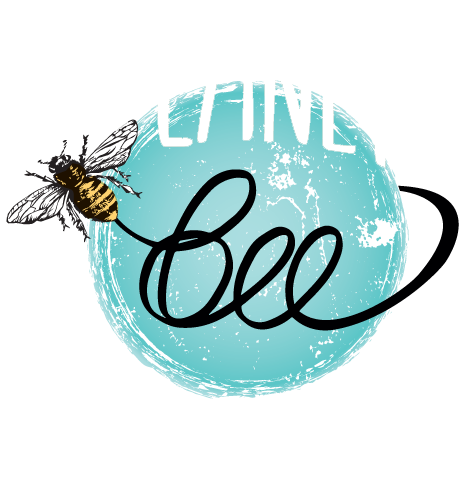
When some people think about bees, they imagine of annoying pests with stingers whose purpose is to cause discomfort and annoyance. Contrary to this widely held misconception of bees, they are generally peaceful creatures, resorting to aggression only when irritated or threatened by other animals, like humans. In fact, there are also many bee species that are stingless!
One species of stingless bee is the sugarbag bee, or Tetragonula Carbonaria. Sugarbag bees are much smaller than commonly known European honey bees, and according to entomologist Tim Heard, “inhabit the northern parts of Australia, although on the east coast they reach a bit further south than Sydney, and occur in other tropical parts of the world.”
Perhaps what this species of bee is best known for is their unique hive structure. Most people imagine a bright yellow oval or a manmade box when they think of a beehive, but the sugarbag bee builds their hives with a different structure - they build their hives spiraling up.

Why are their hives built this way? By building their hives spiraling up in any convenient crevice available, be it a hollow tree trunk or a manmade hole, they create a home with high levels of air ventilation. The queen bee also has an easier time navigating the hive with its spiraling structure as opposed to a clumped aerial hive.
This structure, however, does not compromise security for ventilation, as there is only one entrance into the hive—at the top. The entrance is guarded by brave guard bees, and with a queen bee to worker bee ratio of over 1,000:1, the queen can rest assured that she will be safe. The hive is even coated in a layer of resin which kills germs and pathogens that bees might have picked up outside.
Even though these bees can’t sting, they can still defend themselves. As opposed to using their stingers when threatened, these bees have a sharp bite that can discourage possible intruders from endangering the queen. Furthermore, the bees themselves have sticky resin on their legs, similar to the one that coats the hive, which allows them to immobilize possible intruders to the hive. The bees rarely resort to those measures, however. They are quite docile and friendly if not provoked.
The honey that these stingless bees produce, despite the different cell structure, tastes very similar to honey that European honeybees produce. However, according to national geographic, the honey has a higher water content, meaning that it will likely have a deeper, more pronounced flavor. The taste of the honey still does depend on the type of flower that the bee has visited, and according to Claus Rassumen, an assistant professor at Aarhus University, it has a “more floral taste”, but still gives the same benefits that honey produced by their European counterparts would.
These little critters have generated a lot of buzz with their creativity!
Sources:
Ballantyne, Melissa. “The Importance of Native Bees.” Sydney Stingless Bees, Sydney Stingless Bees, 2017, www.sydneystinglessbees.com.au/.
Zachos, Elaina. “Why These Stingless Bees Build Spiral Hives.” National Geographic, National Geographic Society, 2 Feb. 2018, news.nationalgeographic.com/2018/02/australian-stingless-spiral-bee-hive-construction-tetragonula-carbonaria-spd/.
Major, Mario L. “Australian Stingless Bees Build Stunning Spiral Hives and No One's Quite Sure Why.” Interesting Engineering, 2 May 2018, interestingengineering.com/australian-stingless-bees-build-stunning-spiral-hives-and-no-ones-quite-sure-why.
Mok, Kimberley. “Magnificent Spiraling Hives Are Built by Stingless Sugarbag Bees (Video).” TreeHugger, Treehugger, 11 Oct. 2018, www.treehugger.com/animals/spiraling-hives-stingless-sugarbag-bees.html.
Images:
********
Written by Christopher Li
Former Planet Bee Intern

